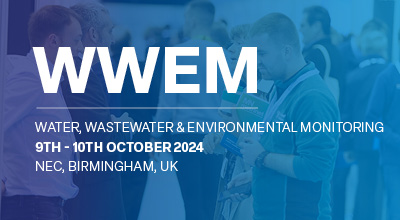| Abstract Title: | Application of the Chemcatcher passive sampler for monitoring acidic herbicides in two UK river catchments |
| Presenter Name: | Prof Gary Fones |
| Co-authors/Co-presenters: | Mr Ian Townsend Dr Kate Snow Dr Anthony Gravell Prof Richard Greenwood Prof Graham Mills |
| Company/Organisation: | University of Portsmouth |
| Country: | United Kingdom |
Abstract Information :
Acidic herbicides are used to control broad-leaved weeds. They are stable, water soluble, and with low binding to soil are found frequently in surface waters, often at concentrations above the EU Drinking Water Directive limit of 0.10 µg L−1. This presents a problem when such waters are abstracted for potable supplies. Understanding their sources, transport and fate in river catchments is important. We developed a new Chemcatcher® passive sampler, comprising a 3M Empore™ anion-exchange disk overlaid with a polyethersulphone membrane, for monitoring acidic herbicides (2,4-D, dicamba, dichlorprop, fluroxypyr, MCPA, MCPB, mecoprop, tricolpyr). Sampler uptake rates (Rs = 0.044-0.113 L day-1) were measured in the laboratory.
Two field trials using the Chemcatcher® were undertaken in the River Exe (14 and 16 day trials) and River Dee (22 month trial with devices replaced every 14 days) catchments, UK. Time-weighted average (TWA) concentrations of the herbicides obtained using the Chemcatcher® were compared with concentrations measured in spot samples of water collected regularly (typically between 2-14 day intervals) over the same time period. Both types of sample were analysed using either GC-MS (River Exe) or LC-MS (River Dee) procedures.
The two techniques gave complimentary monitoring data, with the samplers being able to measure stochastic inputs of MCPA and mecoprop occurring in the River Exe trial. In the longer River Dee trial it was evident that inputs of the acidic herbicides were linked to seasonal application and rainfall events in the catchment. On occasions for some herbicides (e.g. MCPA, 2,4-D) the concentration in the surface water exceeded the EU Drinking Water Directive limit of 0.10 µg L−1. Devices were also able to detect other pesticides and pharmaceuticals with acidic properties.
Information obtained using the Chemcatcher® can be used to develop improved risk assessments and catchment management plans and to assess the effectiveness of any mitigation and remediation strategies.


